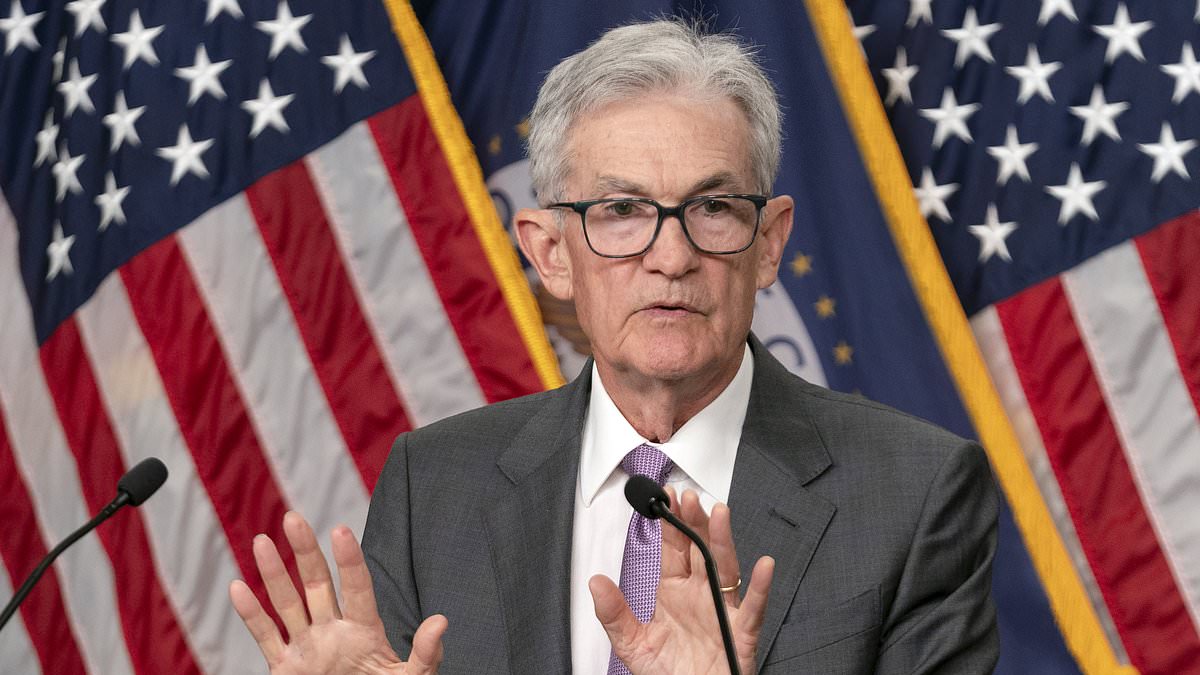The Federal Reserve cut interest rates Wednesday by the biggest amount since 2008.
Stock markets initally soared on the news – which is seen as a boost for the economy.
By slashing interest rates, the Fed has made borrowing money less expensive, taking some of the pressure off consumers’ wallets.
Experts say it will be a big boost to 401(K) balances too.
The cut of 0.5 percentage points is be biggest in 16 years. The Fed was forced to last take the drastic action in the Great Recession that began in 2008.
The Fed reacted to worse-than-expected economic data in the past month that casused stock markets to go red in August.
The release of the Fed’s decision at 2pm ET, will followed by a press conference from Chair Jerome Powell – where he will reveal hints for futher cuts later this year.
18:02
Fed cuts rates by half a point
19:02
Fed Chair Jerome Powell speaks
18:45
What about car loans?
18:41
What does this mean for mortgages?
18:35
What does this mean for my 401(K) and savings?
18:31
What does this mean for credit cards?
18:12
Markets surge following announcement
17:51
Mixed economic data going into decision
16:01
Investors are unsure about outcome
15:45
